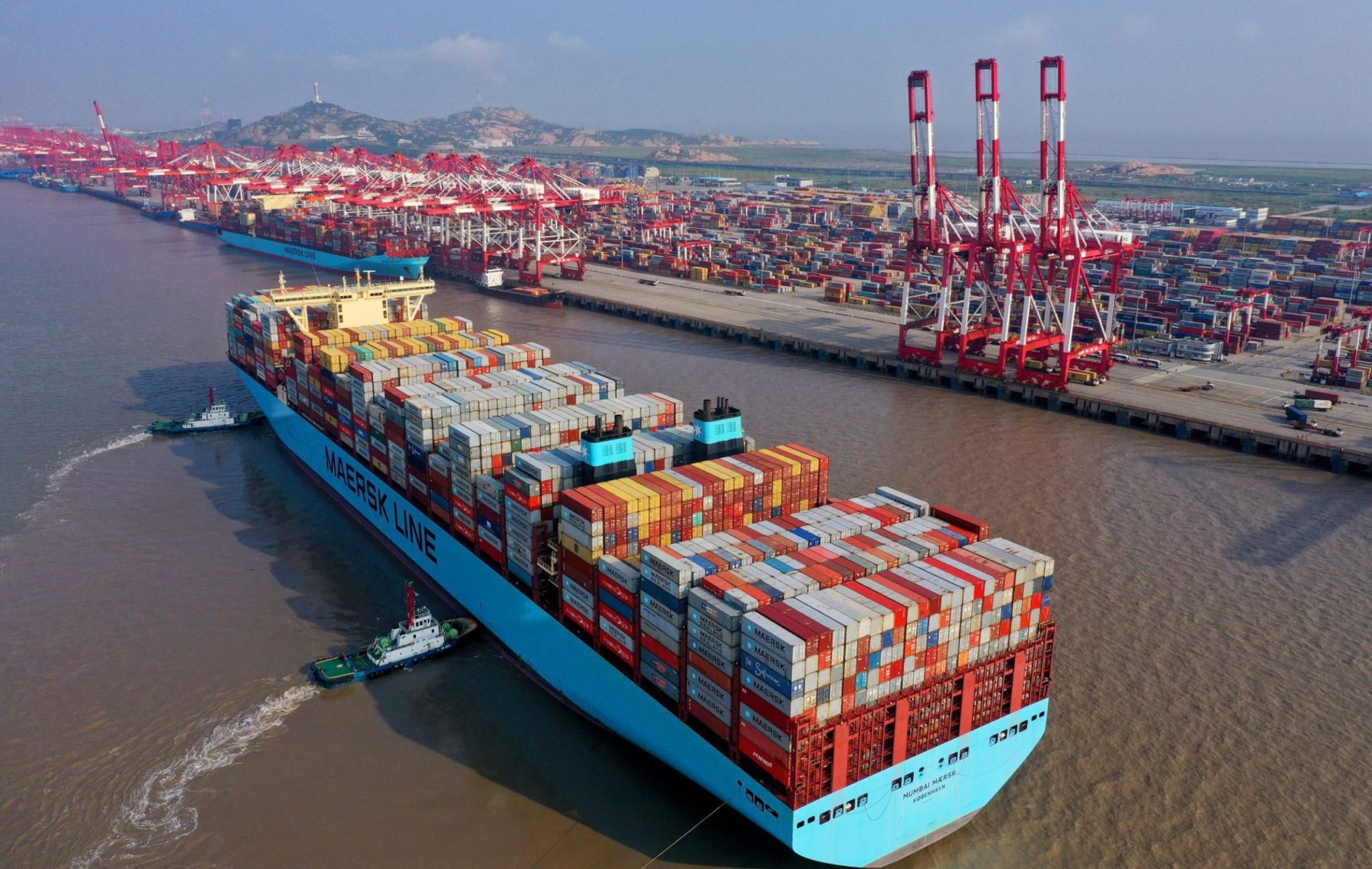If you are not involved in global shipping, importing or exporting, or international logistics for the movement of goods around the world, be very grateful because if you were, your life would be much more complicated.
The pandemic has partnered with other global issues to create an incredibly complicated quagmire for the cargo ships that deliver goods from point A to point B, in ports from China and the Far East to Los Angeles, Seattle, the Netherlands and all aquatic entrance points in between.
Consumers have noticed shortages everywhere, including grocery stores, car lots, McDonald’s drive throughs and furniture stores.
One of the key issues for the shipping slowdown is the shortage of container boxes that store all the products on cargo ships.
At the beginning of the pandemic, the biggest shipping lines around the world cancelled dozens of scheduled sailings, which meant empty boxes would not be picked up before China’s export sector began to recover from the global slowdown due to the coronavirus.
Couple that with an increase in global demand for products. With people staying home there was a huge surge in purchases of electronics, furniture, clothing and other popular products.
Experts in the shipping industry have said the backlog at ports means it will now take ships up to four times as long to get into the port and unload their goods.
CNN reported that a just over a year ago, companies would have to pay approximately $2,000 for the use of a 40-foot steel container to ship goods between China and Europe. Now, that cost has ballooned to over $14,000, a 600% increase according to a maritime research consulting company called Drewry.
This would be a great point to end this story with some uplifting or positive news that things were going to improve soon. But that is not the case, and expect delays and shortages to get even worse because of the upcoming Christmas holiday season.


















Add comment